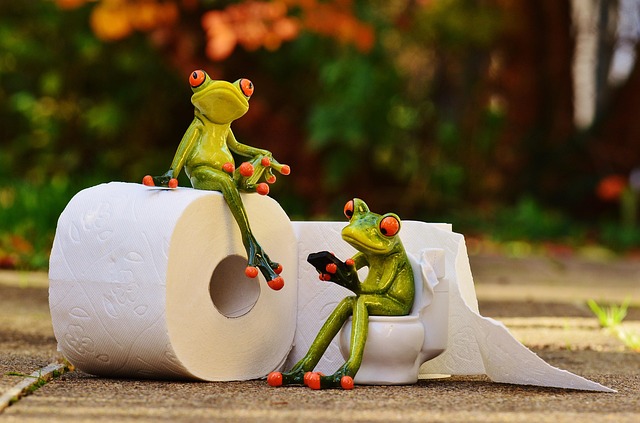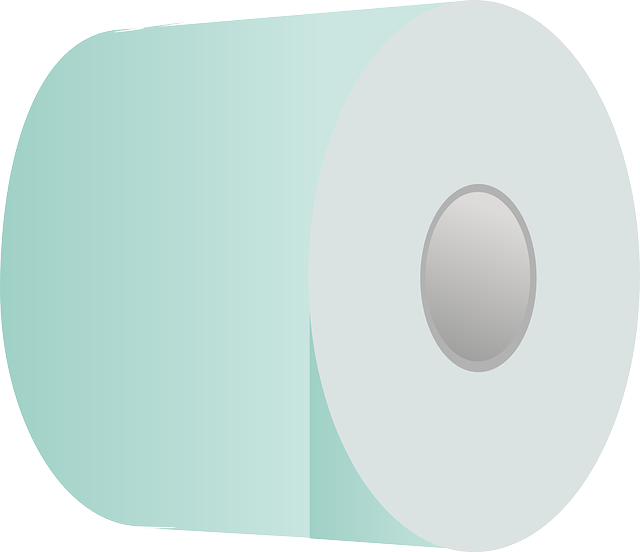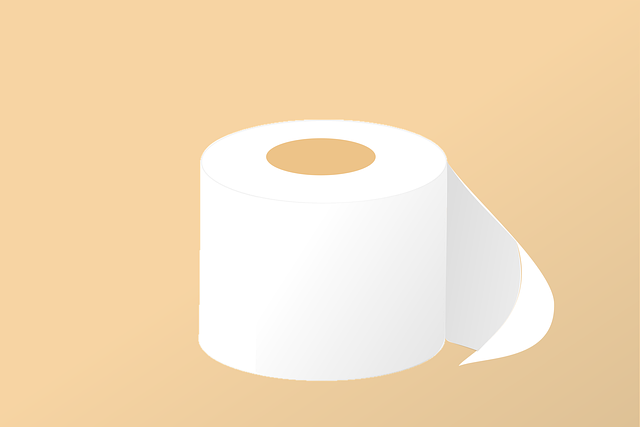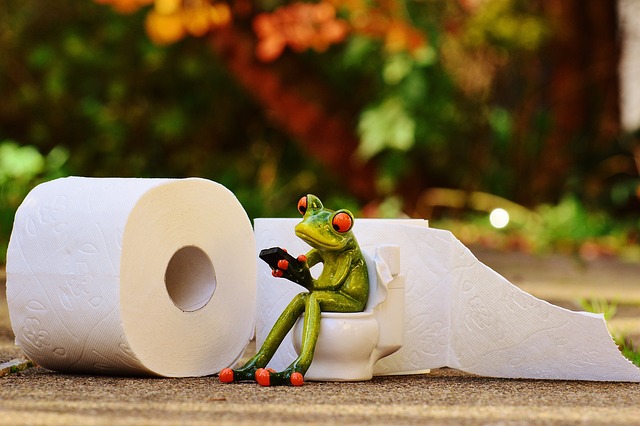Toilet installation requires careful planning and adherence to local plumbing codes for compliance and efficiency. Research building regulations, select water-efficient toilets that fit your space, and decide between DIY or hiring a professional plumber. Prepare meticulously, install with precision, and avoid common mistakes like misalignment, poor sealing, and inadequate floor prep. Regular maintenance is key to keeping your toilet in top condition. Remember, proper Toilet Installation ensures a functional, sustainable bathroom feature.
Toilet Installation is a crucial task that requires careful planning and expertise. Whether you’re a professional or tackling it DIY, understanding the essentials of toilet installation is key. This comprehensive guide covers everything from selecting the right toilet for your space to maintaining optimal performance. Learn about preparation, step-by-step fitting, common mistakes to avoid, and expert tips for a successful project. By mastering these aspects, you’ll ensure a durable and functional bathroom fixture.
Understanding Toilet Installation Requirements

Toilet installation requires careful consideration of several factors to ensure a functional and efficient bathroom fixture. The process involves more than just fitting a new toilet into an existing space; it includes understanding local plumbing codes, choosing the right type of toilet for your needs, and ensuring proper drainage.
Before beginning any Toilet Installation, research your local building regulations and plumbing standards. These guidelines dictate the type of toilet, its water connection, and waste removal system allowed. For instance, some areas may mandate low-flow toilets or specific trap configurations to conserve water and manage flooding risks. Understanding these requirements upfront ensures compliance, avoiding potential fines, and promoting sustainable bathroom practices.
Choosing the Right Toilet for Your Space

When planning a toilet and drain installation, selecting the right toilet is a crucial first step. It’s essential to consider your space constraints – both in terms of physical dimensions and available clearance under the counter. Different toilet types offer varying sizes, from compact models ideal for smaller bathrooms to larger, more traditional styles. Additionally, modern toilets come with various features catering to different needs; some are designed for enhanced water efficiency, while others boast advanced flushing mechanisms for improved cleanliness.
The right toilet choice can significantly impact your daily routine and overall bathroom experience. Consider factors like bowl shape, height, and the type of flush mechanism – pressure-assisted or gravity-fed – each offering unique advantages. With careful consideration, you can ensure a smooth installation process and a functional, aesthetically pleasing toilet that meets your specific space and lifestyle requirements.
Preparing for Installation: Plumber vs DIY

When preparing for toilet and drain installation, one of the first considerations is whether to handle the project yourself (DIY) or hire a professional plumber. DIY enthusiasts may be tempted to take on this task due to cost savings, but toilet installations require precise measurements, specialized tools, and knowledge of local plumbing codes. Mistakes in these areas can lead to leaks, clogs, or even structural damage.
Hiring a licensed plumber is often the safer bet for toilet installation. They have the expertise and experience to ensure the job is done right. Plumbers also come equipped with professional-grade tools that make the process more efficient. Plus, they can provide valuable insights into any unique challenges posed by your plumbing system. This expertise and peace of mind make professional installation a worthwhile investment, especially for toilet installations where getting it right from the start is paramount.
Step-by-Step Guide to Toilet and Drain Fitting

Toilet and drain fitting is a process that requires precision and attention to detail. Here’s a step-by-step guide to ensure a smooth Toilet Installation:
1. Prepare the Foundation: Begin by ensuring the floor is level and prepared for the new toilet. Remove any old fixtures, clean the area thoroughly, and check for any damage or irregularities in the floor. This step is crucial for a secure and stable installation.
2. Position the Toilet: Place the toilet on the prepared surface, ensuring it’s aligned correctly with the waste pipe. Secure it in place using the provided hardware or adhesive, following the manufacturer’s instructions.
3. Connect the Waste Pipe: Attach the toilet’s waste pipe to the building’s drainage system. This involves sealing and connecting the pipe to ensure a water-tight fit. Use appropriate plumbing tools and materials for a secure connection.
4. Install the Flush Mechanism: Fit the flush handle, chain, and lever according to the toilet’s instructions. Ensure these components are functioning correctly before proceeding.
5. Test and Adjust: Once installed, test the toilet’s functionality. Check for any leaks or blockages, and make adjustments as necessary. This step guarantees a smooth user experience from day one.
Common Mistakes to Avoid During Installation

When installing a toilet, many DIY enthusiasts make mistakes that could lead to costly repairs or inefficient plumbing. A common error is misaligning the toilet, which can cause it to rock and leak. Always ensure the toilet is level before securing it with bolts. Improperly sealed drains are another frequent issue; using the wrong type of caulk or not caulking thoroughly can result in water damage and mold growth over time. It’s crucial to follow manufacturer guidelines for sealing techniques, especially around the base and overflow pipe.
Another pitfall is neglecting to properly prepare the floor. Inadequate reinforcement or ignoring the need for a slip-resistant surface can lead to toilet bowl cracks or shifts, particularly in high-traffic areas. Additionally, forgetting to insulate pipes against extreme temperatures can cause them to burst during winters, leading to flooding. Remember that attention to detail and adherence to plumbing best practices are key to avoiding these common Toilet Installation mistakes.
Maintenance Tips for Optimal Performance

Regular maintenance is key to ensuring your toilet installation remains in top condition and functions optimally. Start by cleaning the toilet bowl regularly using non-abrasive cleaners to prevent mineral buildup and stains. Check for any leaks around the base of the toilet and fix them promptly to avoid water wastage.
Additionally, inspecting the drain lines for clogs or damage is essential. Use a plunger for minor blockages, and for more severe issues, employ natural cleaning methods like baking soda and vinegar to clear drains without harsh chemicals. Remember, timely maintenance can extend the lifespan of your toilet installation, ensuring it remains efficient and reliable.
